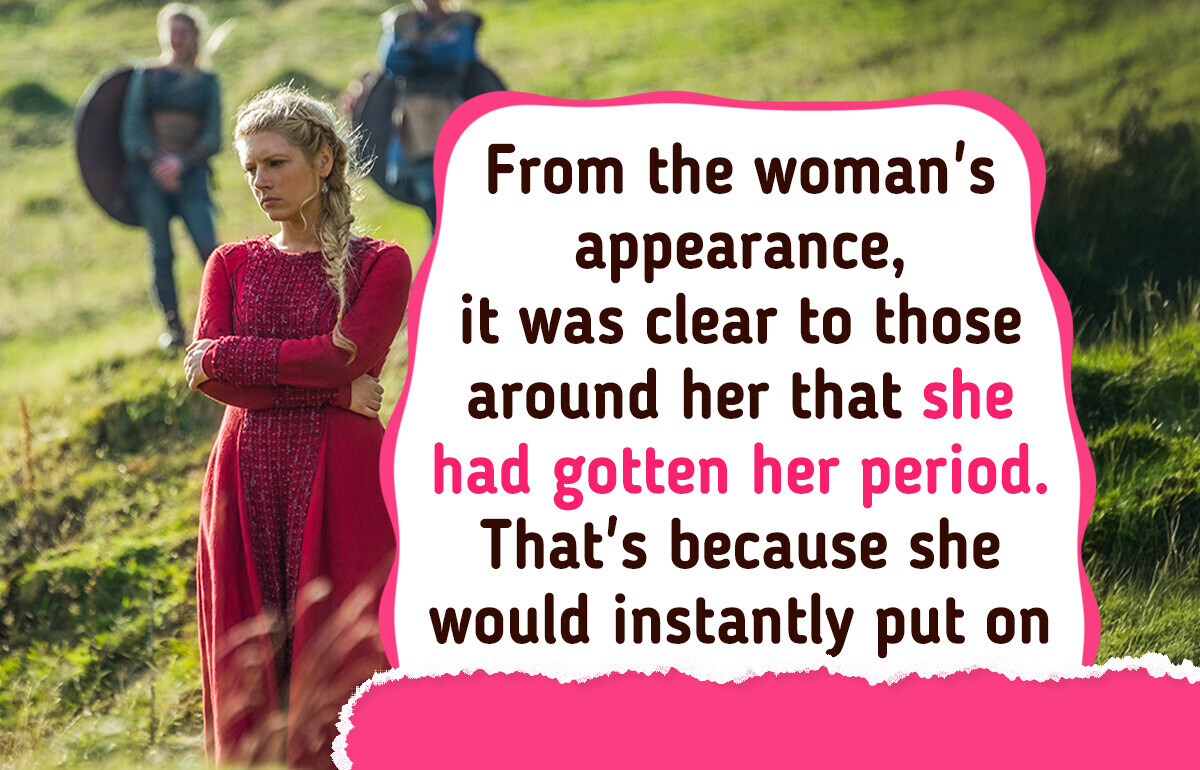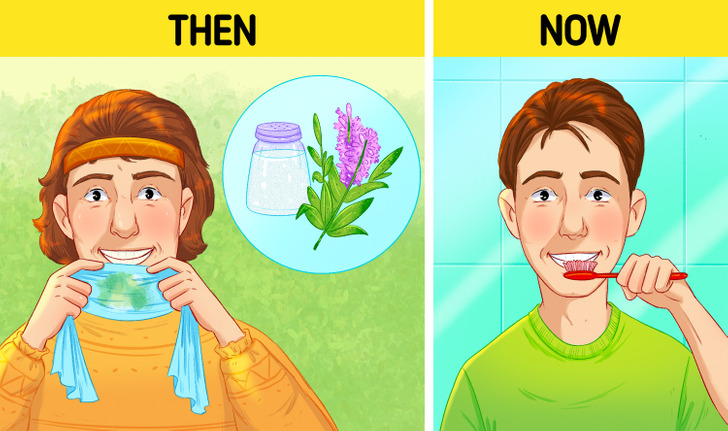11 Plot Twists That Could Even Make Hollywood Jealous

Curiosities
year ago

Life in the Middle Ages was anything but glamorous. Everyday survival was a challenge most of us can’t even imagine. These strange, sometimes unsettling facts from medieval life will make you appreciate modern comforts—and maybe even your least favorite chores—a whole lot more.

Life in the Middle Ages was often very different from how it’s portrayed in movies. Still, many of the customs and rules from the medieval era would seem bizarre or even shocking by today’s standards.











